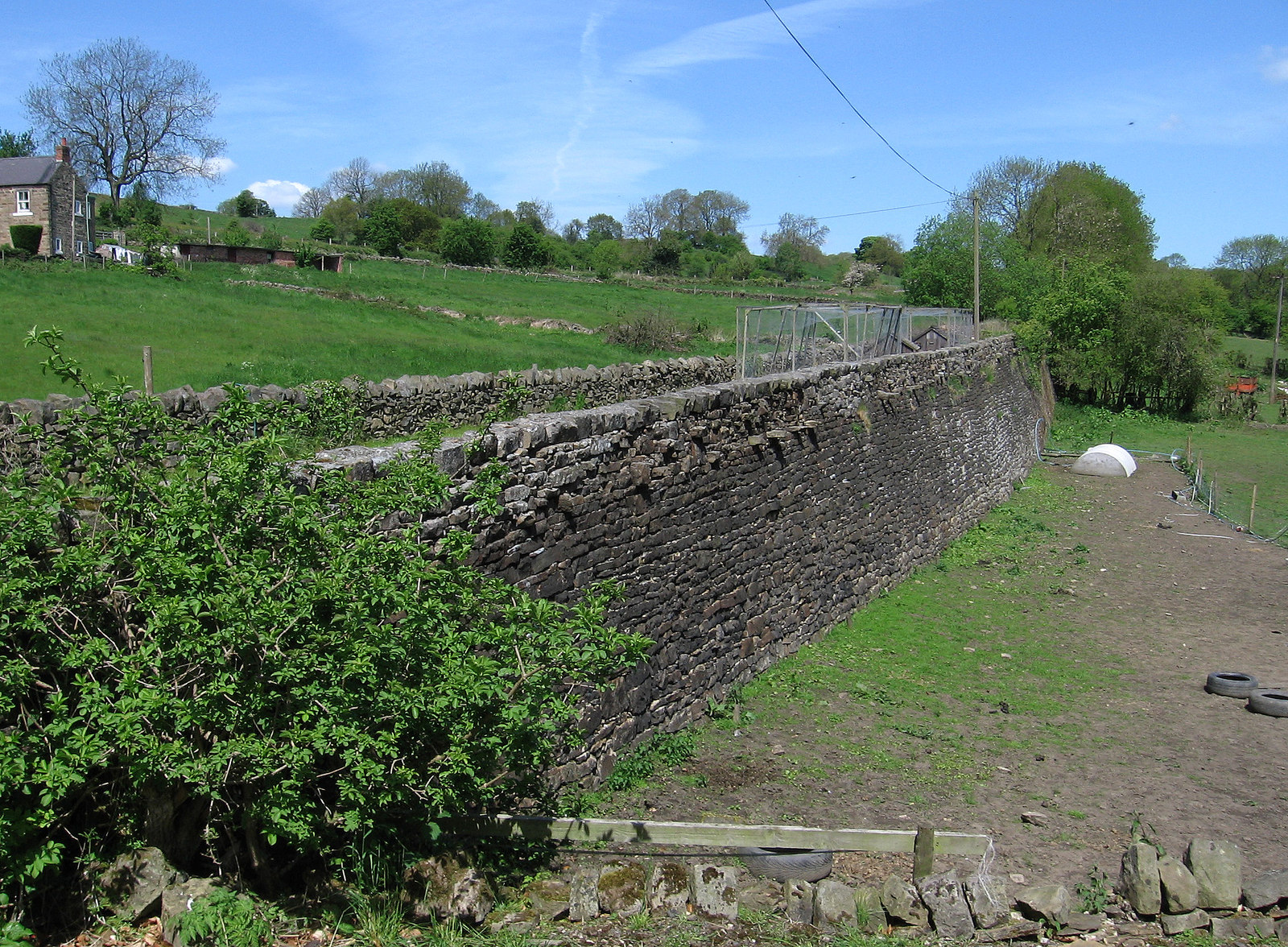Butterley Gangroad on:
[Wikipedia]
[Google]
[Amazon]
 The Butterley Gangroad was an early tramway in
The Butterley Gangroad was an early tramway in
 The Butterley Gangroad was an early tramway in
The Butterley Gangroad was an early tramway in Derbyshire
Derbyshire ( ) is a ceremonial county in the East Midlands, England. It includes much of the Peak District National Park, the southern end of the Pennine range of hills and part of the National Forest. It borders Greater Manchester to the nor ...
of approximately gauge, which linked Hilt's Quarry and other limestone quarries at Crich
Crich is a village in the English county of Derbyshire. The population at the 2001 Census was 2,821, increasing to 2,898 at the 2011 Census (including Fritchley and Whatstandwell). It has the National Tramway Museum inside the Crich Tramway Vil ...
with the Cromford Canal at Bullbridge
Bullbridge is a small village in Derbyshire. The Bull bridge accident, in which a railway bridge failed as a goods train was just passing over it, happened here in 1860.
The village
Bullbridge has a population of approximately 220 and one public ...
. The first railway project of Derbyshire civil engineer Benjamin Outram
Benjamin Outram (1 April 1764 – 22 May 1805) was an English civil engineer, surveyor and industrialist. He was a pioneer in the building of canals and tramways.
Life
Born at Alfreton in Derbyshire, he began his career assisting his father J ...
(1764–1805), the line was originally a horse-drawn
A horse-drawn vehicle is a mechanized piece of equipment pulled by one horse or by a team of horses. These vehicles typically had two or four wheels and were used to carry passengers and/or a load. They were once common worldwide, but they have m ...
and gravity-driven plateway
A plateway is an early kind of railway, tramway or wagonway, where the rails are made from cast iron. They were mainly used for about 50 years up to 1830, though some continued later.
Plateways consisted of "L"-shaped rails, where the flange ...
, a form of tramway that Outram popularised. Unlike modern edgeways, where flanges on the wheel guide it along the track, plateways used "L" shaped rails where a flange on the rail guided the wheels.
The line was constructed in 1793, with the construction of Fritchley Tunnel
Fritchley Tunnel is a disused railway tunnel at Fritchley
Fritchley is a small village in Derbyshire south of Crich and north of Ambergate. It falls under the civil parish of Crich. To the west of the village is the ruin of a windmill. Fritchl ...
, now believed to be the world's oldest railway tunnel, being required to go under a road junction at Fritchley
Fritchley is a small village in Derbyshire south of Crich and north of Ambergate. It falls under the civil parish of Crich. To the west of the village is the ruin of a windmill. Fritchley has an active Congregational Church, and there is a Quaker ...
.
A steam locomotive
A steam locomotive is a locomotive that provides the force to move itself and other vehicles by means of the expansion of steam. It is fuelled by burning combustible material (usually coal, oil or, rarely, wood) to heat water in the locomot ...
using a walking mechanism, known as the Steam Horse locomotive, was trialled on the line in 1813. In the 1840s, upgrading took place to accommodate steam locomotives, and part of the original line was moved.
The railway remained in use until 1933.
See also
*Butterley Company
The Butterley Company was an English manufacturing firm founded as Benjamin Outram and Company in 1790. Its subsidiaries existed until 2009.
Origins
This area of Derbyshire had been known for its outcrops of iron ore which had been exploited ...
* Peak Forest Tramway
The Peak Forest Tramway was an early horse- and gravity-powered industrial railway (or tramway (industrial), tramway) system in Derbyshire, England. Opened for trade on 31 August 1796, it remained in operation until the 1920s. Much of the rout ...
* Steam Horse locomotive
References
External links
* http://www.butterleygangroad.co.uk/ {{coord, 53.07315, N, 1.46629, W, region:GB_type:landmark, display=title 3 ft 6 in gauge railways in England Closed railway lines in the East Midlands Railway lines opened in 1793 Horse-drawn railways 1793 establishments in England 1933 disestablishments in England